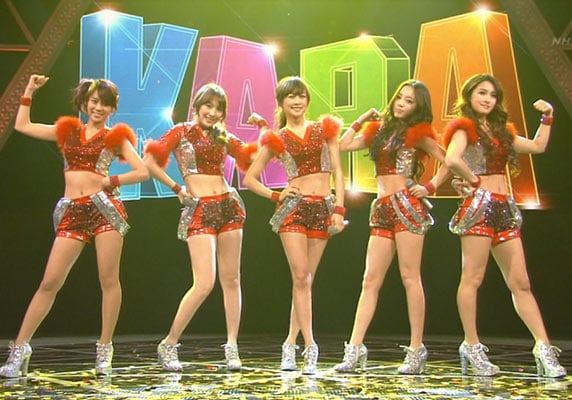Japan is a unique country in the way that traditional architecture, clothing and other elements of daily life exist side-by-side with their Western equivalents, and these differences are baked right into the language. The most common word for “clothing” in Japanese is yohfuku, which literally means “Western clothing” like shirts and slacks and business suits, while traditional Japanese clothing like kimono and yukata are covered under the term wafuku (“Japanese clothing”), a totally different category altogether. This pattern of linguistic separation of Western vs. Japanese shows in many other areas, such as yohshiki for Western-style toilets compared with washiki or Japanese-style squatting toilets, and rooms, with yohshitsu being the term for a Western-style room with chairs and a sofa, and washitsu used for a Japanese style tatami room. One of my favorite concepts in modern Japan is called wayoh-setchu which means “combining of both Japanese and Western themes into something new and interesting.” Some examples of this are buildings dating from the Meiji and early Showa Periods like the Sapporo Clock Tower which have design elements from both Europe and Japan, or a traditional bento meal eaten on New Year’s Day called osechi that’s usually made with Japanese ingredients, though it’s sometimes prepared with Western foods added into the mix, making something really unique and new.
![]()
Western vs. Japanese style rooms in Japan.















